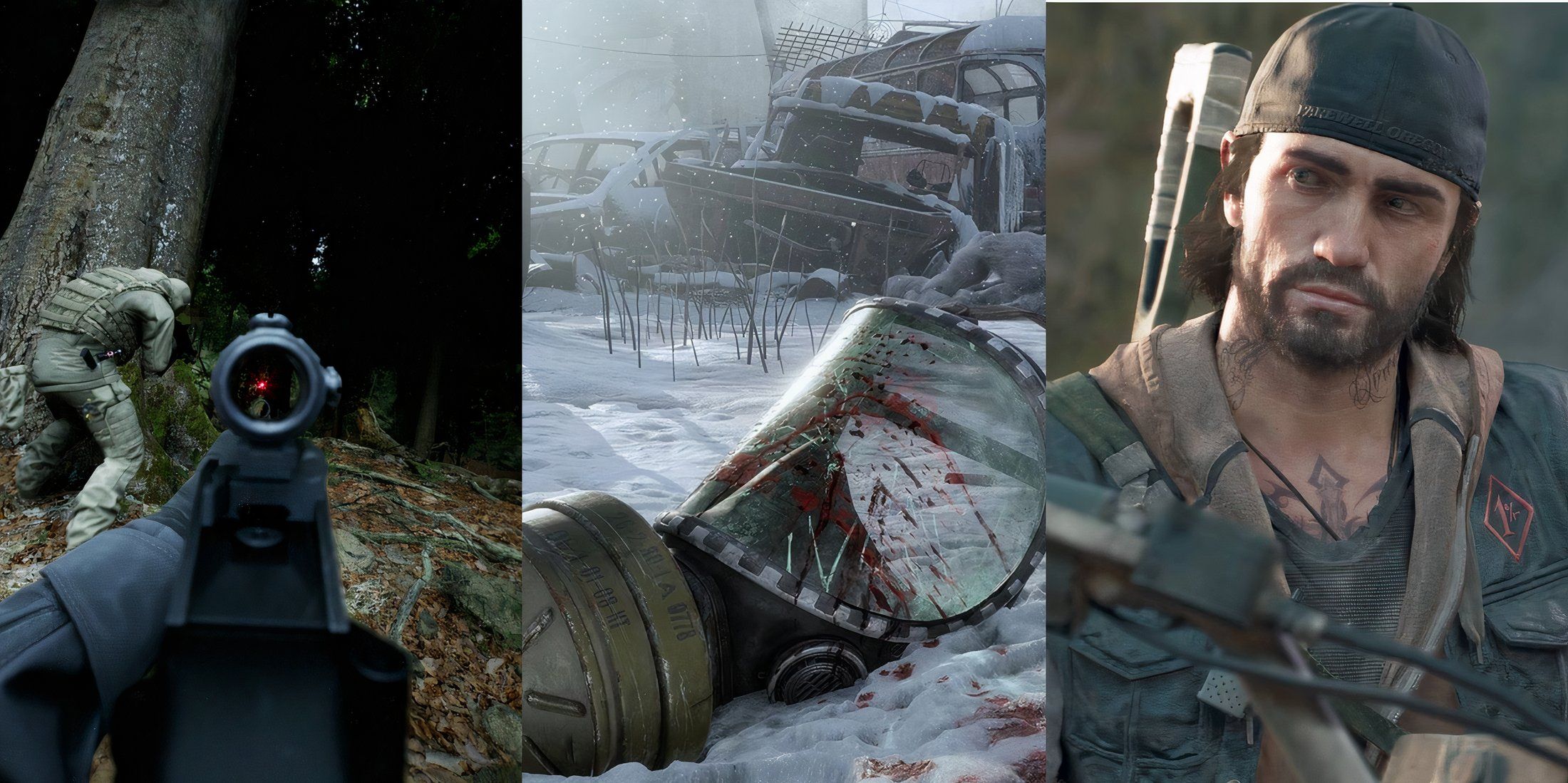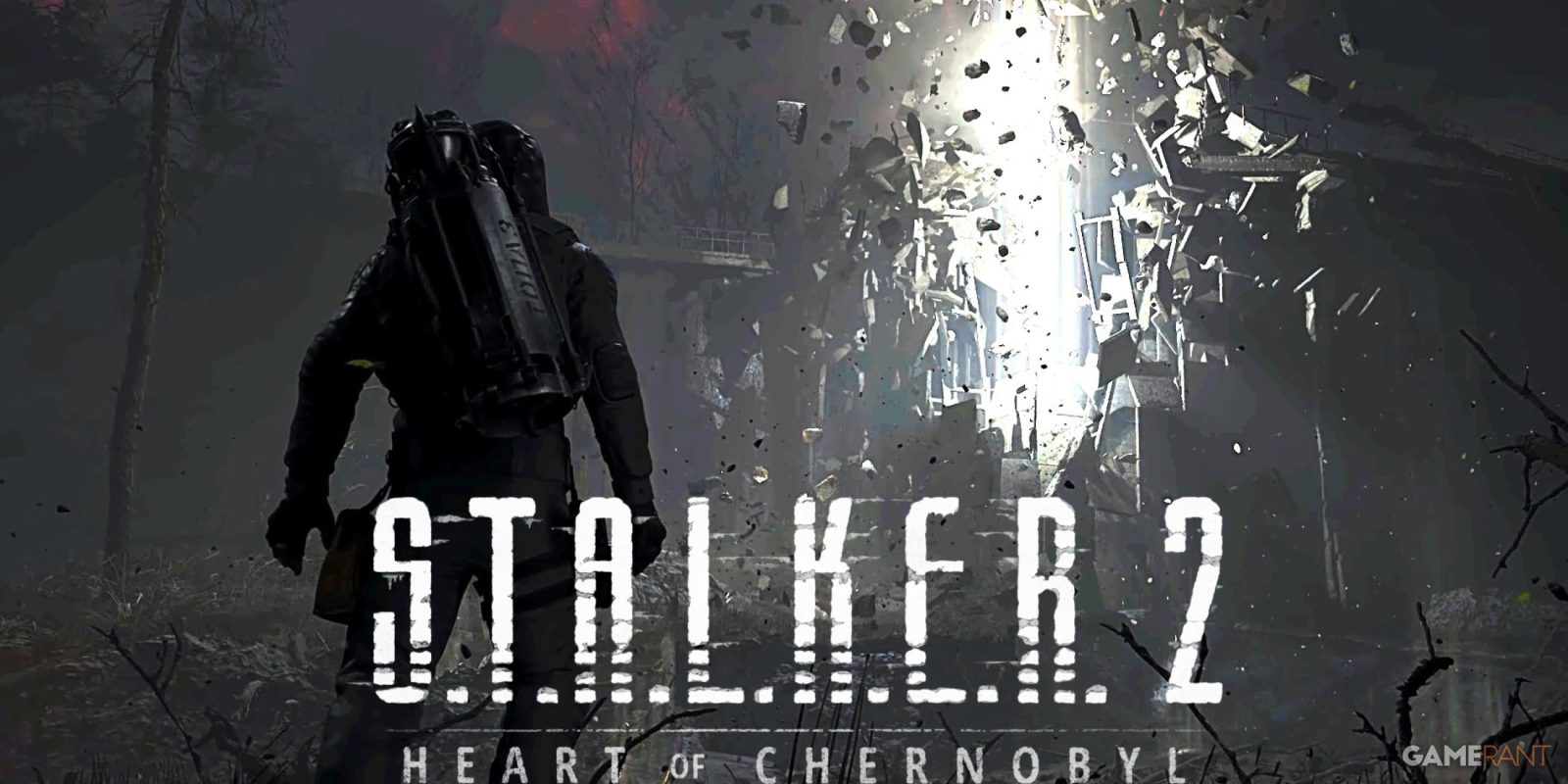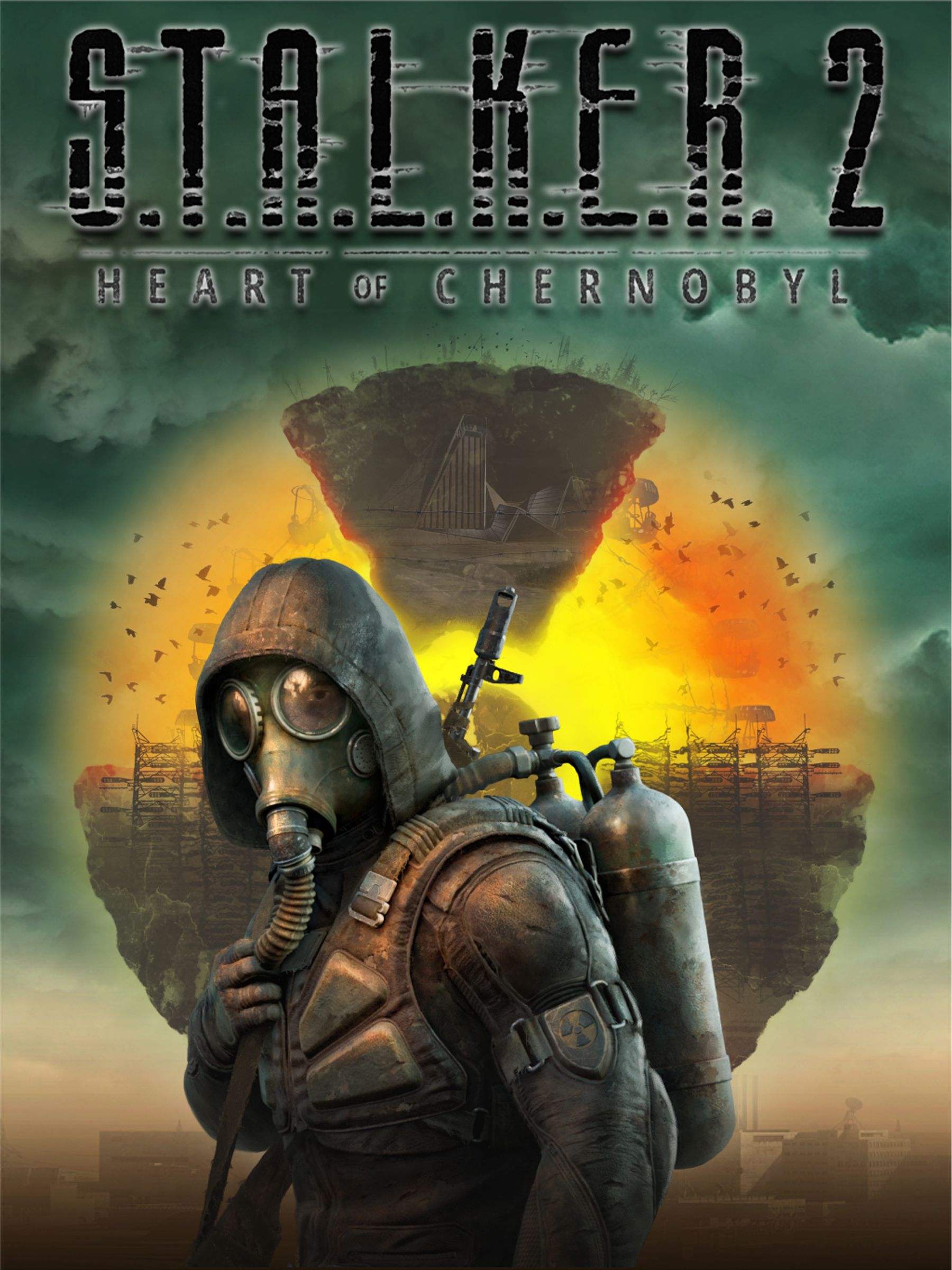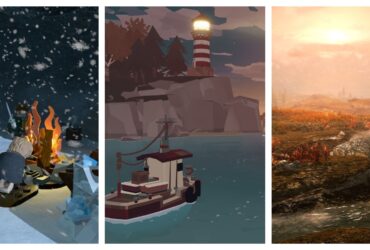STALKER 2: Heart of Chornobyl has an incredibly unique setting. Though its post-apocalyptic wasteland might remind players of games like Fallout, The Last of Us, or Horizon, STALKER 2‘s Zone is unlike anything else in the gaming world, with it featuring memorable surprises at every turn.
Set in an area surrounding the destroyed Chornobyl Nuclear Power Plant known as “The Zone of Alienation,” STALKER 2 : Heart of Chornobyl‘s story sees players embark on a seemingly simple quest to recharge and then recover a mysterious artifact, one that player-character Skif will sell to rebuild his home. But as any fan of the STALKER series will know, traversing the Zone is no mere walk in the park. The Zone is home to terrifying mutants, physics-defying anomalies, and a ton of radiation, and it has a rich history that begins long before players first step foot there in STALKER 2.

Related
8 Post-Apocalyptic Shooters to Try if You Liked Stalker 2
If Stalker 2’s grueling gameplay hit a spot, why not give these other post-apocalyptic shooters a try? Here’s which games will scratch the same itch.
The History of STALKER 2’s Zone Explained
The 1986 Chornobyl Disaster
Before the events of 1986, the STALKER timeline is essentially the same as our own, though a key difference is that the early 1980s saw the Soviet Union building research facilities around the vicinity of Pripyat. These research facilities were in the process of creating mind-controlling weapons and experimenting with the Noosphere (an invisible field that surrounds the Earth and affects human emotions and thoughts) when Reactor 4 of the Chornobyl Nuclear Power Plant malfunctioned, causing an explosion.
In the immediate aftermath of the disaster, the Soviet Union sent a cleanup crew to try and stop the spread of radiation. Following this effort, the Soviet Union set up a 400 km² Exclusion Zone around Chornobyl.
The Timeline Begins to Diverge
In 1991, the Soviet Union collapsed. Despite this, former Soviet scientists decided to continue their research in the heart of Chornobyl. The Ukrainian government attempts to investigate rumors of these mysterious experiments, but they fail to put a stop to them. Around the year 2000, reports of strange creature sightings made their way throughout Ukraine, and Pripyat became a hot spot for tourists looking to get a glimpse at the rumored creatures. In 2001, a bus full of tourists went missing in the Zone.
The 2006 Chornobyl Disaster and Its Aftermath
In March 2006, a group of former Soviet scientists conducted an experiment on the Noosphere, attempting to send out a wave of mind-controlling energy. This experiment was stopped abruptly, though not after citizens in the surrounding area spotted the resulting bright light above the Chornobyl power plant. Just a month later, this experiment was repeated, though it had much more catastrophic results.
This second experiment sees the same bright light appear in the sky above Chornobyl, though it was quickly followed by an otherworldly boom and a 6.9 magnitude earthquake. This experiment ended up tearing a hole in the Noosphere, an act that caused strange anomalies to pop up throughout the Zone, anomalies that defied the laws of physics.
Many of the scientists responsible survived the experiment, and as the Zone began to expand, they splintered into two opposing factions. The scientists who wanted to eradicate the rift and clear the Zone formed Clear Sky, while the scientists who wanted to continue experimenting with the Noosphere merged their minds together, becoming the C-Consciousness.
The Zone’s frequent Emissions are the necessary release of excess energy from the Noosphere rift.
The Rise of The Stalkers
In the following years, rumors of the Zone spread like wildfire across Ukraine and its neighboring countries. Many rumors claimed that treasure lay at the heart of the Zone, and gradually, those seeking their fortune began to venture into its treacherous wasteland. These adventurers became known as Stalkers, many of whom would go on to form their own factions within the Zone.
Source link













Leave a Reply